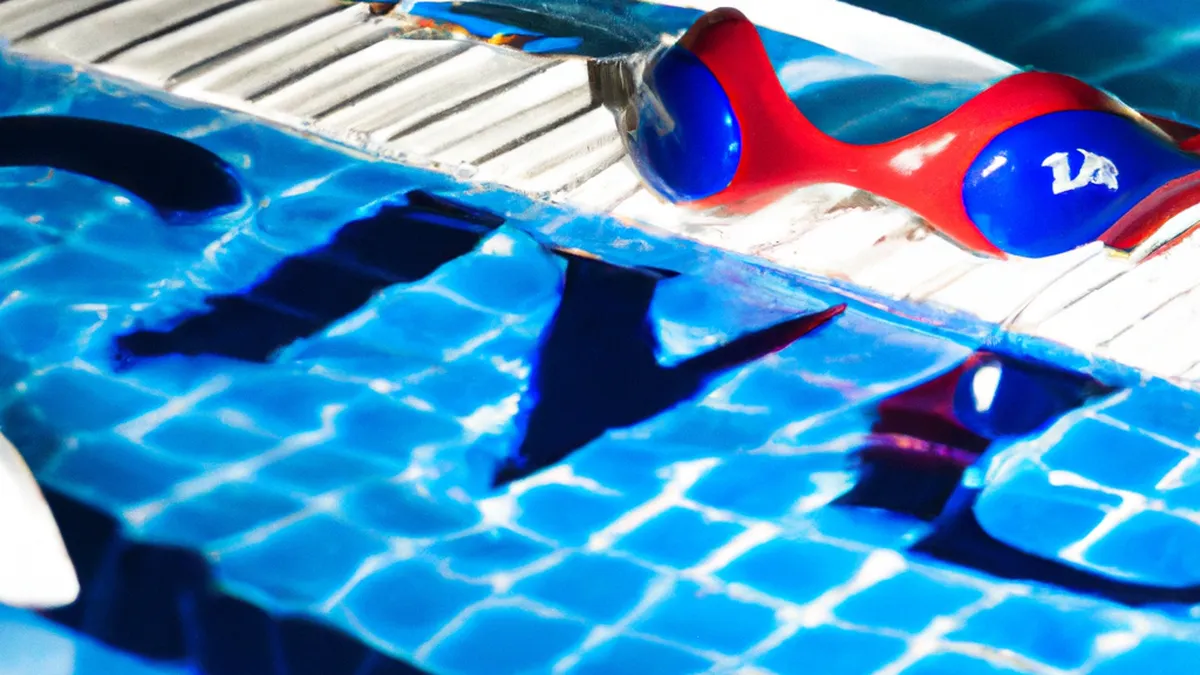Transition Smoothly Between Swim and Strength
Balancing Workouts with SwimmingBalancing swimming and other workouts challenges fitness enthusiasts. Whether you train for a triathlon or enjoy the water, manage your time effectively. Thoughtful planning and understanding your body’s needs are crucial for achieving this balance. This blog post explores strategies to harmonize swimming sessions with strength workouts.
Set Clear Goals
Set clear and achievable goals. Define what you want to accomplish in swimming and strength training. Focus on improving speed, building muscle, or enhancing overall fitness. Clear objectives streamline your training and maintain your focus.
Identify Your Priorities
Understand your goals to identify priorities. If swimming is your main focus, allocate more time to swim training. Incorporate more swim sessions and focus on drills that enhance technique. If strength training takes priority, dedicate sufficient time to building muscle. Prioritizing workouts based on goals creates a balanced routine.
Create a Weekly Schedule
As an Amazon Associate I earn from qualifying purchases.
Gear tip: consider swim cap, ankle resistance bands, and swim goggles to support this topic.
Establish a structured weekly schedule for successful training. Allocate specific days for swimming and strength workouts to create a routine. For example, swim on Mondays, Wednesdays, and Fridays, and reserve Tuesdays and Thursdays for weightlifting. This structure helps maintain consistency and reduces chances of skipping workouts.
Sample Weekly Schedule
Here’s a sample weekly schedule:- **Monday**: Swim (endurance focus)- **Tuesday**: Strength training (upper body)- **Wednesday**: Swim (technique drills)- **Thursday**: Strength training (lower body)- **Friday**: Swim (speed work)- **Saturday**: Cross-training (cycling or running)- **Sunday**: Rest or light recovery swimThis schedule provides a balanced approach while allowing for variety.
Integrate Cross-Training
Cross-training enhances overall fitness and reduces workout monotony. On non-swimming days, integrate activities like running, cycling, or yoga. These activities improve cardiovascular endurance and strength, positively impacting swimming performance. A brisk run or spinning session can boost aerobic capacity, aiding long-distance swimming.
Benefits of Cross-Training
1. **Improved Overall Fitness**: Different exercises develop various muscle groups.
Conclusion
In summary, balance swimming and workouts through clear goals, a structured schedule, and cross-training.
Below are related products based on this post:
FAQ
How can I balance swimming with other workouts?
To balance swimming with other workouts, it’s essential to set clear and achievable goals. This allows you to prioritize your training based on what you want to improve, whether it’s swimming speed or strength.
What should my weekly schedule look like?
A structured weekly schedule is crucial for consistency. For instance, you could swim on Mondays, Wednesdays, and Fridays, while reserving Tuesdays and Thursdays for strength training, ensuring a balanced approach to your fitness routine.
Why is cross-training important?
Cross-training is important because it enhances overall fitness and reduces workout monotony. Engaging in activities like running or cycling on non-swimming days can improve your cardiovascular endurance and strength, positively impacting your swimming performance.















Post Comment